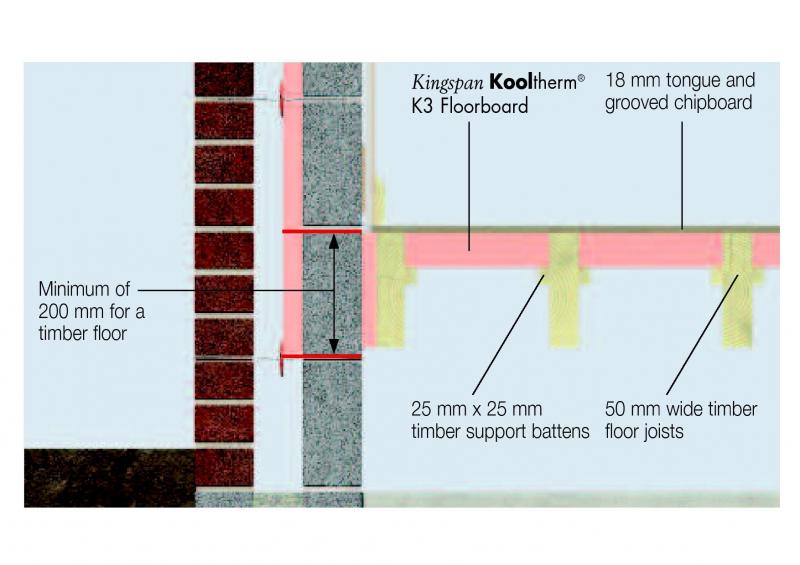Hi - first post and hoping for some advise please. Got a detached house built in the mid-90's that suffers from a cold living room. I'm wanting to better insulate the floor, I think a lot of this is caused by cold air coming up from the ground underneath. Got carpet and underlay down at the moment and upon pulling the carpet back the floor is plywood (or chipboard?) - I've no idea how thick it is but it is laid with no gaps between the boards and no noticeable drafts around the skirting boards.
I'm wondering what my options are and what I can do myself. I've read about removing the floor boards and laying loft insulation between the joists secured by garden netting laid in a zig zag fashion which sounds like a good idea. Or I'm sure I've read someone using 5mm fibreboard and then putting the underlay and carpet back down.
The main concern I have with removing the floor boards is they run right up to the wall so would I need to remove the skirting boards or damage them in the process of lifting the floorboards?
Thanks in advance - J.
I'm wondering what my options are and what I can do myself. I've read about removing the floor boards and laying loft insulation between the joists secured by garden netting laid in a zig zag fashion which sounds like a good idea. Or I'm sure I've read someone using 5mm fibreboard and then putting the underlay and carpet back down.
The main concern I have with removing the floor boards is they run right up to the wall so would I need to remove the skirting boards or damage them in the process of lifting the floorboards?
Thanks in advance - J.


